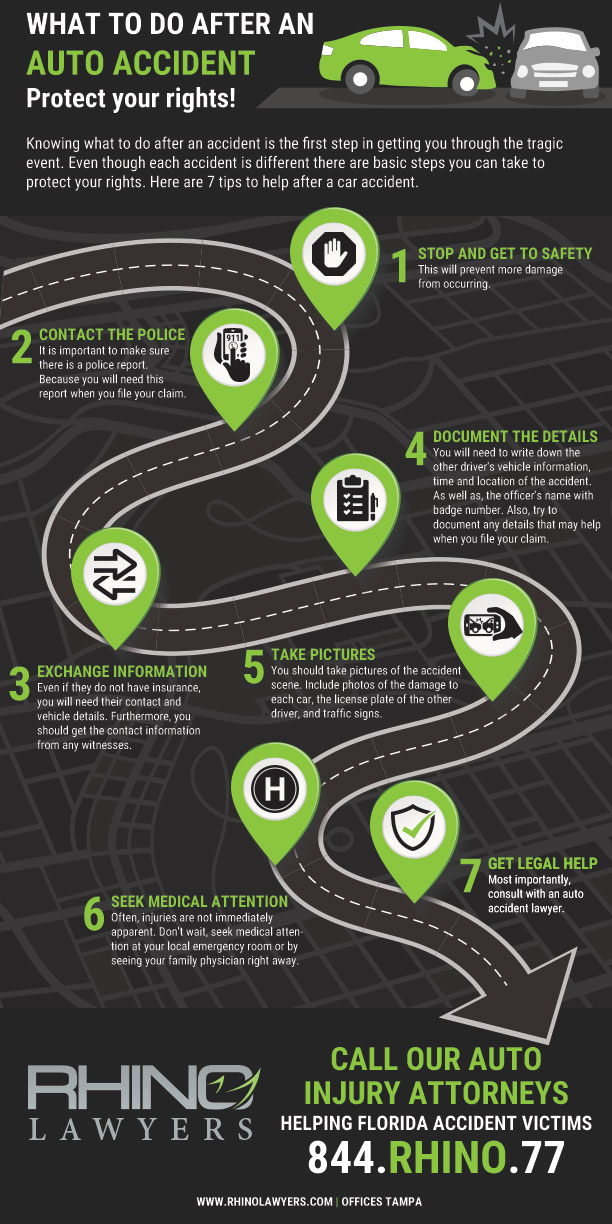Motor scooters were first introduced over a century ago with the Autoped, which came out in 1915. The world of motor scooters has evolved in the years since. The creation of the dual motor scooter has been among the biggest innovations.
A dual-motor scooter is a scooter with a motor for each wheel, which makes for a more powerful vehicle. However, when discussing any vehicle, the issue of safety is going to come up. How safe are motor scooters?
This issue gets even more complicated when the issue of vacation is brought up. American roads are one thing, but what about roads in other countries? We’ll talk about that here.
Moped vs Scooter
Before discussing how safe scooters are, we should first talk about what a scooter is. You probably have a decent idea of what defines a scooter, but the issue comes in when discussing details. What’s the difference between a scooter and a moped? How about a scooter and a motorcycle?
Mopeds
Pedestrian vehicles have come a long way since 1915, and the lines between the various types of pedestrian vehicles have blurred. The term moped was coined to describe a motorized vehicle that could be pedaled like a bike when the engine wasn’t powerful enough or broke down.
Modern engines were, in a sense, the death knell of mopeds, because they rendered the pedals useless. These days, the wheels are decorative if the vehicle even has them.
Some places still legally recognize mopeds as any scooter-like vehicle with a certain engine size. Usually, the engine must be 50 Cubic Centimeters (CCs) or less.
Scooters
Scooters differ from mopeds in a few ways. The first is that scooters don’t have pedals. They date back to the early 19th century and were never meant to have pedals. Mopeds, meanwhile, were created by attaching motors to bicycles.
Motorized scooters also have a step-through frame. This means that there is a large space between the handle and the seat so that the driver can get in and out with ease.
Motor size is another major factor. While mopeds can have motors up to 50CCs, scooter motors can be 5 times that large. This allows scooters to reach much higher speeds.
Staying Safe
While riding a scooter isn’t dangerous by itself, you do need to be careful. The best advice we can offer for traveling on a scooter is to keep the scooter in good condition and be wary of cars. An accident on a scooter can be catastrophic.
Stand Out
The best way to prevent accidents with other vehicles is to stand out. Try dressing in bright colors, especially if you’re driving at night. This will help drivers notice you so they don’t accidentally hit you.
You should also familiarize yourself with basic scooter safety and how all the lights and signals work. Please remember that on rare occasions, accidents still happen. Between distracted drivers, speeding issues, and various other irresponsible behaviors on the part of motorists, it’s still dangerous out there.
Gear Up
Trying to prevent accidents is one part of road safety, but the other part is just as important. Make sure you have all the proper safety gear in case you do get in an accident.
Helmet
You’ve probably been hearing about the importance of helmets since you were a kid, but it’s good advice. Our brain is the control panel for everything that happens in our bodies, and any damage done to it could lead to a loss of ability, changes in personality, and any number of other issues. Wearing a helmet makes that a lot less likely.
Jacket and Pants
Jackets and thick clothes help, too. Layers won’t do much against the initial impact, but they’ll absorb some of the shock when you hit the ground, which prevents road rash.
Road rash might not be the most dangerous part of an accident, but it can cause serious injuries. Our brain is one of the most important parts of our bodies, but our skin is the largest. Severe road rash can burn off large chunks of skin, causing bleeding and a serious risk of infection.
Eye Protection
Motorized scooters can travel at speeds of up to 30 miles per hour. While that’s not as fast as a motorcycle or a car, it is fast enough for dirt, insects, and other debris to be an issue. Not only can they seriously damage your eye, but any loss of vision is a serious issue.
Keeping your eye protection on at all times when driving is important, but you should also take the time to pull over and clean your helmet or goggles if they get too dirty.
The good news is that eye protection and head protection are often one and the same. Most helmets have built-in visors or other eye protection, which gives you one less thing to worry about.
Traffic
Scooters and other small, motorized vehicles arguably work best in areas with heavy traffic. Their small size and low speed often make it easier for them to navigate in heavy traffic. It’s often much safer since other vehicles aren’t moving very quickly.
You still need to follow the rules of the road, but you might find that smaller vehicles can maneuver better on crowded roads and that you have more opportunities than the average driver. You also need to stay on the road, since it’s dangerous and often illegal to ride a scooter on the sidewalk in most places.
Staying Safe on a Motor Scooter
Driving a motor scooter has a lot of advantages. However, you also need to stay safe when driving one. That requires a lot of responsibility on your part, whether you’re driving in the US or on foreign roads.
We’ve discussed some safety essentials for motorized scooters here, but there’s always more to learn. You can learn some things about scooters and a lot about traffic laws by reading our blog.
If you’ve been injured in an accident, we can help. At RHINO Lawyers, motor vehicle accidents are one of our specialties.
CONTACT A TAMPA AUTO ACCIDENT ATTORNEY
In short, after a car accident, you may not know your rights. Above all, don’t struggle through the process alone. Actually, our personal injury team is here to help you with any legal needs you might have regarding your accident.
Lastly, let RHINO Lawyers answer your questions and review the facts of your case with a Free Consultation. So, get started by completing the “Free Instant Case Evaluation” or by calling us any time, day or night, at 844.RHINO.77.










